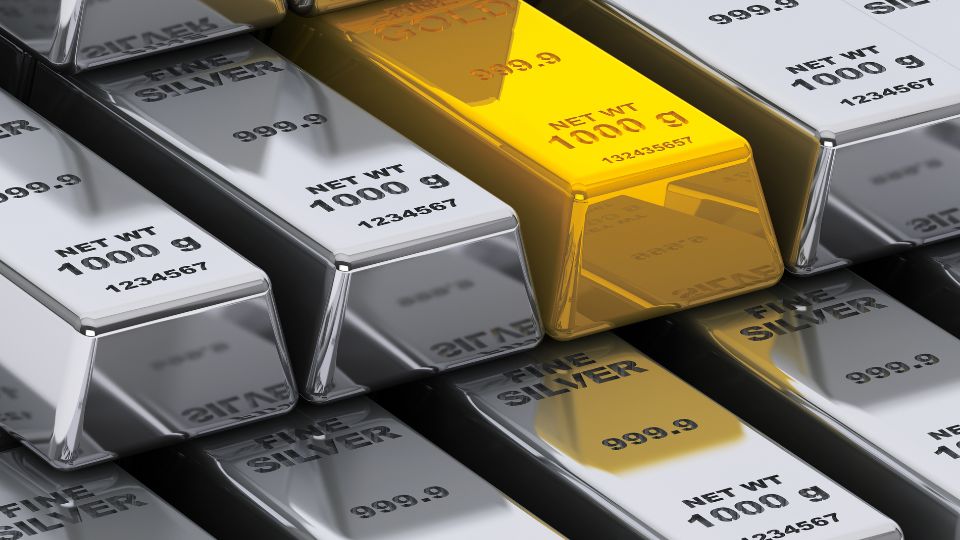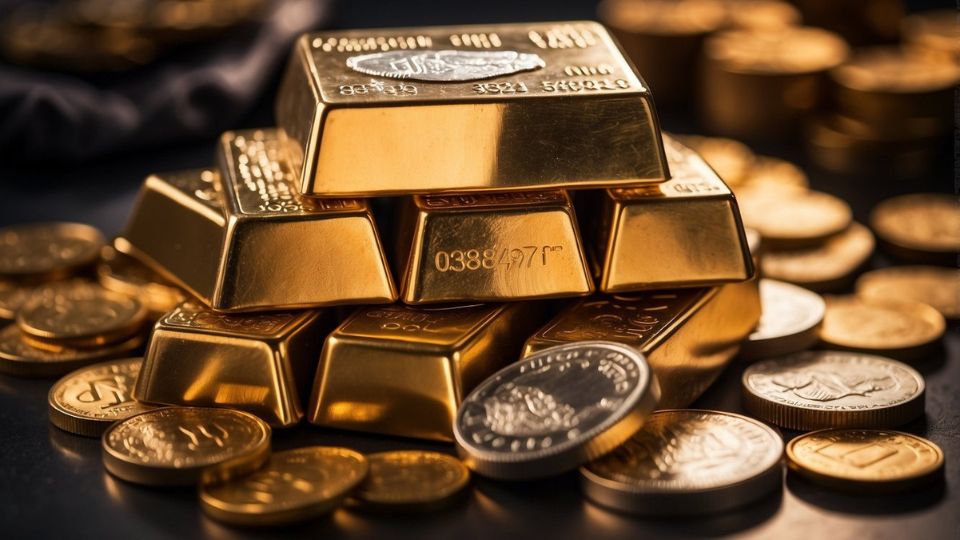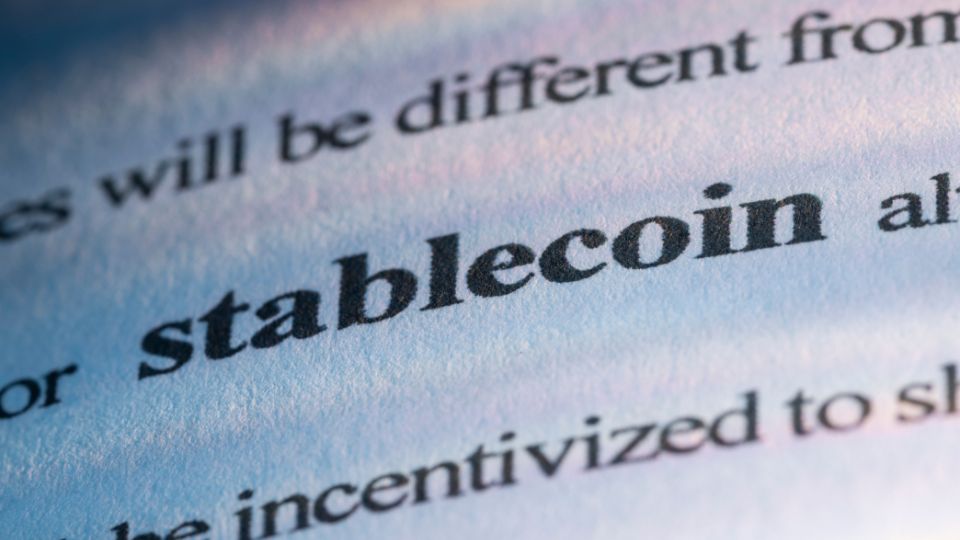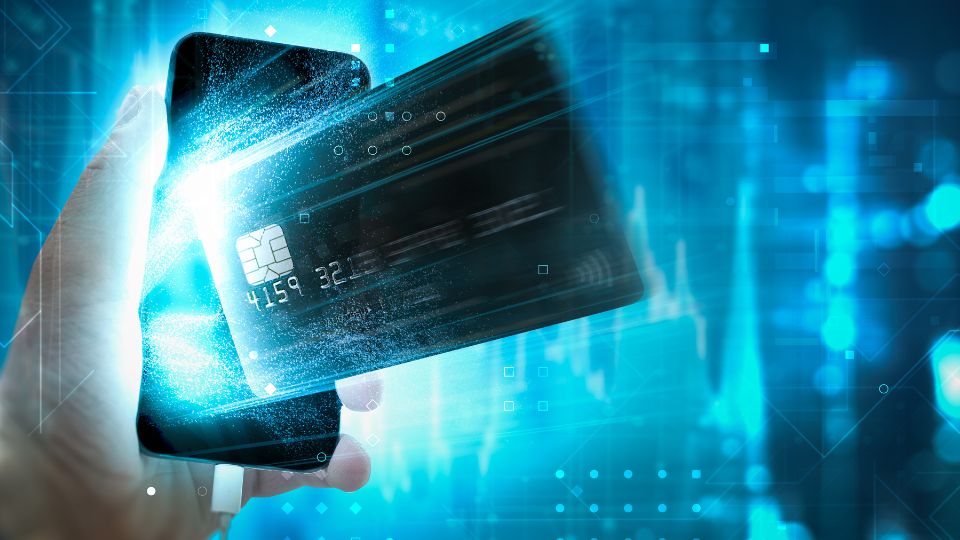Investing in precious metals and cryptocurrencies presents a distinct set of opportunities and challenges for investors.
Precious metals, like gold and silver, have been traditional safe-haven assets that offer tangible value, often flourishing in times of economic uncertainty. They provide a hedge against inflation and are less susceptible to the volatility often found in other investment classes.
On the other hand, cryptocurrency stands at the frontier of digital innovation, offering the potential for high returns. As a decentralized asset, cryptocurrency provides investors with a level of autonomy over their investments, but its relatively short history brings a degree of unpredictability and risk.
The decision to invest in precious metals or cryptocurrency involves a thorough evaluation of one’s investment goals, risk tolerance, and time horizon.
Precious metals have a long history of retaining value and acting as a stabilizing force for investment portfolios.
Cryptocurrencies, while appealing for their growth potential, carry a reputation for volatility.
An investor’s approach to these assets can significantly impact their overall investment strategy, as each offers different benefits for diversification and potential returns.
Looking forward, understanding the trends and how these assets may respond to changing market conditions can guide informed investment decisions.
Related: Why Are Chinese Youth Racing to Invest in Gold Beans?
Interesting Perspectives and Comparisons
With the advent of Bitcoin and cryptocurrencies, there have inevitably been comparisons made with gold – the oldest form of coinage. Here are some interesting perspectives that have been common in discussions comparing gold and cryptocurrencies like Bitcoin. These perspectives from a variety of analysts and pundits reflect the ongoing debate around traditional versus digital assets:
- On Stability and Longevity:
- “Gold has proven itself as a haven asset over millennia, while Bitcoin is still testing the waters in its first decade.” This type of comment emphasizes gold’s historical stability versus Bitcoin’s relative novelty and untested long-term value.
- On Growth and Potential:
- “Bitcoin has been labeled ‘digital gold,’ offering unprecedented growth potential in the digital age, whereas gold’s performance is steady and predictable.” Such remarks highlight Bitcoin’s rapid value increases and its potential for future growth compared to gold’s more consistent and slow growth pattern.
- On Volatility:
- “While gold offers a safe harbor during economic turbulence, Bitcoin’s volatility can lead to significant gains or losses in a short period.” Observations like this underline the inherent risk and reward in cryptocurrency investments versus the traditional safety of gold.
- On Technological Innovation:
- “Cryptocurrency represents the frontier of financial technology, offering innovations like blockchain that could redefine money, whereas gold’s value and uses have remained consistent over time.” Comments of this nature discuss the innovative aspects of cryptocurrencies that could impact various sectors beyond just finance.
- On Accessibility and Liquidity:
- “Bitcoin and other cryptocurrencies have democratized investing, making it accessible to anyone with an internet connection, unlike gold, which requires physical storage or paper assets.” This perspective focuses on the ease of entering the crypto market versus the logistical challenges of investing in physical gold.
The Basics of Investing in Precious Metals and Crypto
- Precious metals offer stability and a hedge against inflation, suitable for risk-averse investors.
- Cryptocurrencies provide high-growth potential, appealing for investors comfortable with volatility.
- Investment strategy should consider personal financial goals and embrace diversification.
Fundamentals of Precious Metals Investing
Investing in precious metals is a strategic choice that offers portfolio diversification and a hedge against inflation. Precious metals have inherent value and serve as a stable investment with a history of retaining worth.
Types of Precious Metals
Precious metals commonly invested in include gold, silver, platinum, and palladium.
Gold is renowned for its durability and conductive properties, making it a staple in various industries and investment portfolios. Silver, while more volatile in price, is used extensively in industrial applications. Platinum and palladium are rare metals primarily used in automotive catalytic converters and jewelry.
Related: Surging Chinese Gold Demand: Market Dynamics 2033 to 2024
Related: BRICS Blockchain May Unleash End to Dollar’s Reign

Historical Value and Stability
Precious metals have been valued for thousands of years, serving as currency and symbols of wealth. They are considered safe-haven assets because they often retain value or even appreciate during periods of economic uncertainty.
For instance, gold often is viewed as a store of value when currency value fluctuates.
Ways to Invest in Precious Metals
Investors can engage in precious metals investing through:
- Physical metals: Buying bullion bars or coins.
- Equities: Investing in stocks of mining companies.
- Mutual funds and ETFs: Purchasing funds that include a mix of precious metals assets.
- Futures and options: Engaging in contracts to buy or sell metals at future dates at predetermined prices.
Physical metals offer tangible ownership, while equities and funds allow participation in the metals market without holding the physical asset. Futures and options are more complex and often used by experienced investors.
Basics of Cryptocurrency Investment
Investing in cryptocurrencies requires an understanding of digital assets, the market in which they operate, and the various methods for entering the market. Investors generally invest in cryptocurrencies through the use of intermediary crypto exchanges.
Understanding Cryptocurrencies
Cryptocurrencies are digital or virtual currencies that use cryptography for security and operate on a technology called blockchain.
Bitcoin and Ethereum are prime examples of decentralized cryptocurrencies that have gained considerable attention due to their potential for high returns.
These assets are characterized by their volatility and lack of physical form, differing substantially from traditional investments.
Related: What Exactly are Bitcoin ETFs and How Do They Work?
Market Dynamics of Cryptocurrencies
The market for cryptocurrencies is influenced by factors such as technology trends, regulatory news, market sentiment, and the economics of supply and demand.
Prices can fluctuate dramatically in short periods, making the market highly speculative.
Participation in cryptocurrency trading occurs around the clock and is not bound by the traditional hours of financial markets.
Methods of Investing in Cryptocurrency
There are several ways to get involved in cryptocurrency investing:
- Purchasing coins directly through exchanges like Coinbase or Binance.
- Trading cryptocurrency pairs on these platforms.
- Using Contracts for Difference (CFDs), which allow for speculation on price movements without owning the underlying assets.
- Investing in cryptocurrency funds or trusts for those preferring a managed approach.
It’s essential for investors to conduct thorough due diligence and consider factors like exchange reputation, security measures, and fee structures when choosing an investment method.
Related; Instantly Access Crypto Liquidity via Credit Cards
Related: Boost Your Portfolio by Investing in Gold and Silver Now
Risks Associated with Precious Metals and Crypto Investments
Investing in precious metals and cryptocurrencies entails understanding their distinct risk profiles. Metals historically offer a tangible asset, while cryptocurrencies provide a digital, innovative investment angle.
Volatility Comparison
Precious metals like gold and silver have been coveted for centuries and generally exhibit less volatility compared to cryptocurrencies.
However, prices can still fluctuate based on economic indicators and geopolitical events.
In contrast, cryptocurrencies are known for their rapid price changes, which can occur due to market sentiment, technological developments, and broader adoption rates, resulting in a potentially higher risk-reward ratio.
Regulatory Impacts
The regulatory environment for cryptocurrencies is in a state of flux and varies by country.
This uncertainty can introduce risk as regulatory changes can significantly impact crypto prices.
Precious metals are subject to clearer regulations, and while they do face regulatory risk, it is often to a lesser extent than that seen in the cryptocurrency space.
Investors consider the hedging capabilities of precious metals while balancing the regulatory developments in cryptocurrency.
Market Accessibility
Cryptocurrencies boast easy market access due to their online nature, allowing for quick transactions and 24/7 trading.
Precious metals, while widely available, require physical storage or reliance on financial products like ETFs or mining stocks, each adding layers of complexity and potential cost.
The accessibility and required security measures for each class need to be evaluated for their contribution to investment risk.
Diversification and Portfolio Strategy
Investing in precious metals and cryptocurrencies involves intricate strategies to optimize the mix of assets. This section explains how diversification can enhance portfolio performance and discusses various allocation strategies.
Benefits of Diversification
Diversification is the practice of spreading investments across different asset classes to reduce risk.
Precious metals often act as a hedge against inflation and can provide stability during market volatility, as highlighted in the discussion about precious metals and stability.
On the other hand, cryptocurrencies offer a high-risk, high-reward profile, potentially leading to significant returns.
Including both in a portfolio can mitigate risk while offering opportunities for growth.
Portfolio Allocation Strategies
When it comes to portfolio allocation, investors should carefully consider their risk tolerance and investment horizon.
A balanced strategy might include a mix of traditional assets such as stocks and bonds, with a proportion allocated to precious metals and cryptocurrencies.
For example, a conservative investor might allocate a smaller percentage to cryptocurrencies, due to their volatility, and a larger percentage to precious metals.
More aggressive investors might increase their stake in cryptocurrencies.
The precise allocation should reflect one’s financial goals, as underlined by a look at diversification from different perspectives.

Future Outlook and Trends
Investing preferences are evolving as economic landscapes change and technology advances. Understanding the future outlook and trends of precious metals and cryptocurrency can shape investors’ strategies to make informed decisions.
Related: Why Gold Prices Are Now Skyrocketing Unexpectedly Over $2,250
Predicting Market Performance
Precious metals have historically been seen as safe-haven assets in times of economic uncertainty. Recent analysis suggests that precious metals like gold and silver may continue to be a bulwark against inflation and currency devaluation.
However, predicting the market performance of cryptocurrencies is notoriously difficult due to their high volatility and susceptibility to market sentiment and regulatory changes.
Technological Advancements Influencing Investments
The intersection of technology and investment is becoming increasingly significant.
For instance, blockchain technology, which underpins cryptocurrencies, is advancing rapidly and could lead to more stable and user-friendly digital currencies.
Moreover, technology for trading and storing precious metals is making physical assets more accessible to a broader range of investors, which may impact their liquidity and attractiveness as investments.
Both sectors will likely see continual innovation which could redefine investment strategies and asset valuations in the years to come.
Frequently Asked Questions
This section provides insights into common queries regarding the nuances of investing in precious metals and cryptocurrencies, addressing risk profiles, performance comparisons, portfolio diversification, market capitalization analysis, liquidity, and economic impacts.
What are the risk profiles of investing in precious metals versus cryptocurrencies?
Precious metals generally possess a long-standing reputation for stability and are considered a safe-haven investment. They are tangible assets with intrinsic value but can still be subject to market volatility and storage costs.
Cryptocurrencies are known for high price volatility, and their value can be influenced by factors like technological changes, market sentiment, and regulatory developments.
How has the performance of gold compared to Bitcoin over the past decade?
Over the past ten years, gold has been seen as a stable asset, showing moderate growth with fewer drastic price swings.
In contrast, Bitcoin has experienced significant fluctuations, with periods of rapid price appreciation followed by sharp declines, reflecting its higher risk and potential for large gains or losses.
Can precious metals and cryptocurrencies coexist in a diversified investment portfolio?
Both precious metals and cryptocurrencies can play a role in diversification. Precious metals can add stability to a portfolio, while cryptocurrencies may offer growth potential. An investor might blend both to balance risk and security.
What factors should be considered when analyzing the market capitalization of gold versus Bitcoin?
When comparing the market capitalization of gold with that of Bitcoin, one should account for total supply, investor sentiment, adoption rates, and potential for industrial and technological applications. Market capitalization is also affected by the liquidity and size of the markets in which they trade.
In terms of liquidity and market accessibility, how do precious metals compare to cryptocurrencies?
Precious metals have established markets. They have conventional ways of trading, including physical and electronic exchanges.
Cryptocurrencies offer digital accessibility. They also have the potential for immediate transactions across geographic boundaries. This is frequently done via online exchanges and peer-to-peer platforms.
What impact do economic downturns have on the stability of cryptocurrencies compared to precious metals?
During economic downturns, precious metals, particularly gold, are often viewed as a store of value. They tend to retain or increase their worth.
Cryptocurrencies may be more susceptible to losses during such times. They are seen as riskier assets and investor confidence may wane. This can lead to increased volatility and price drops.





